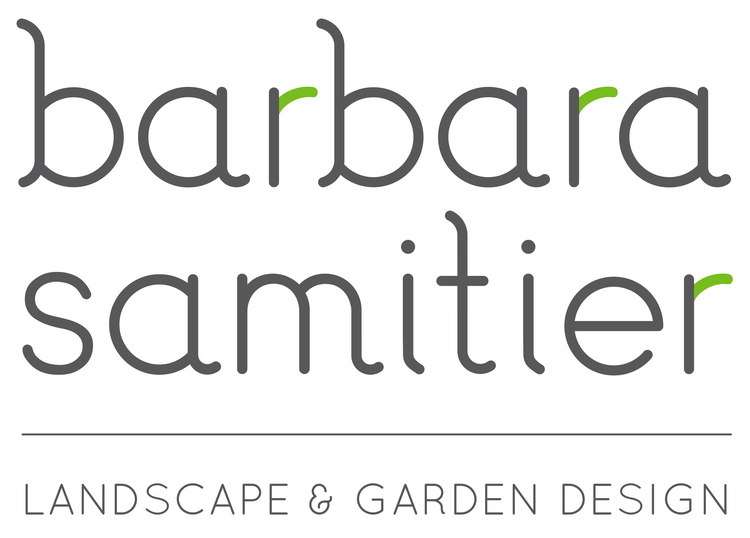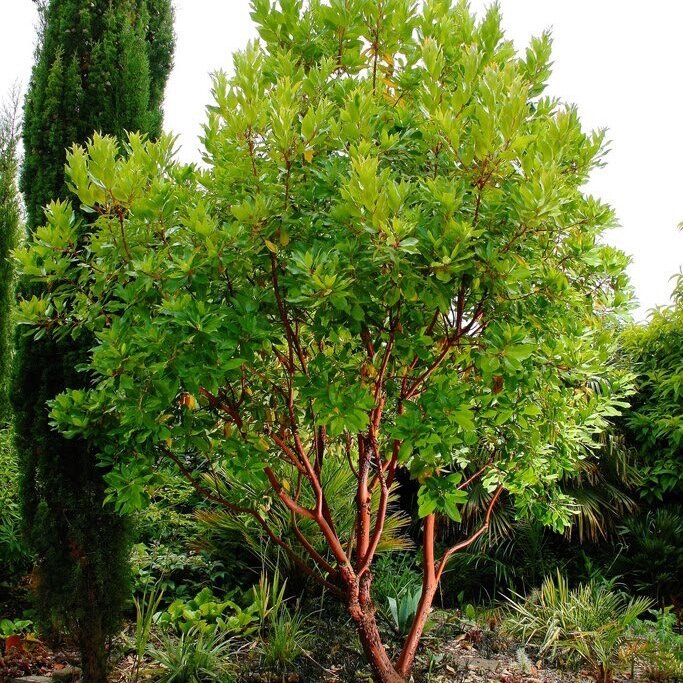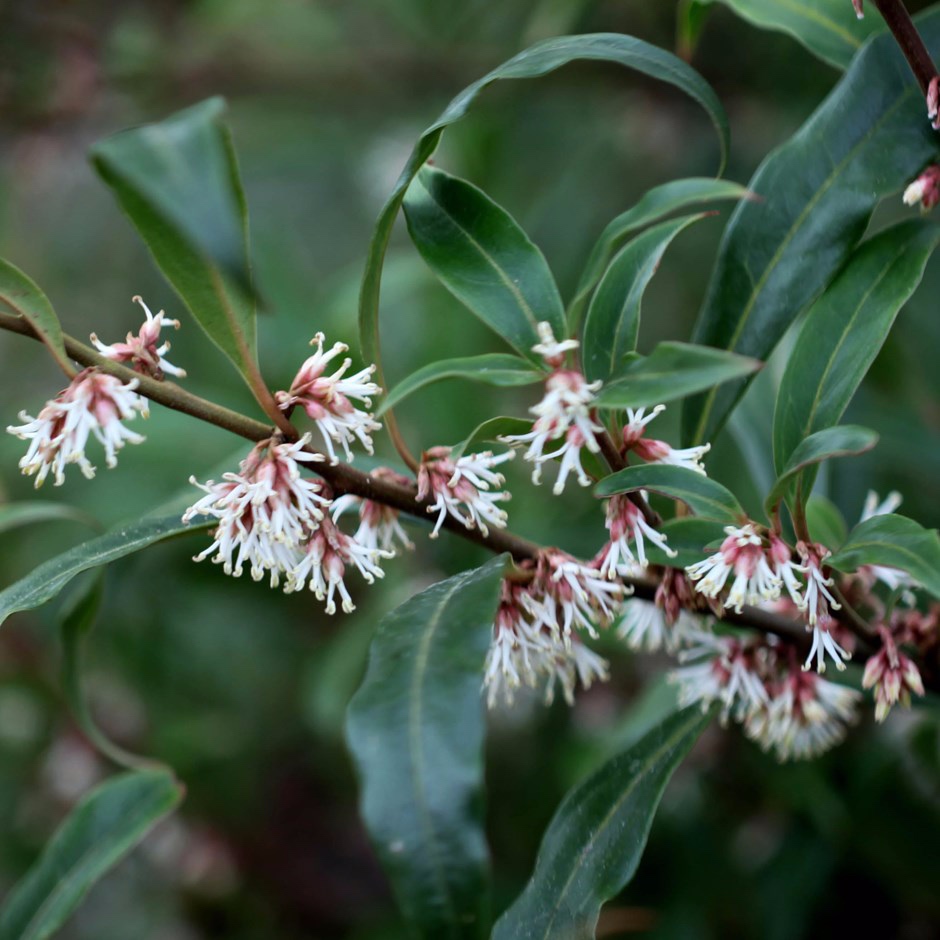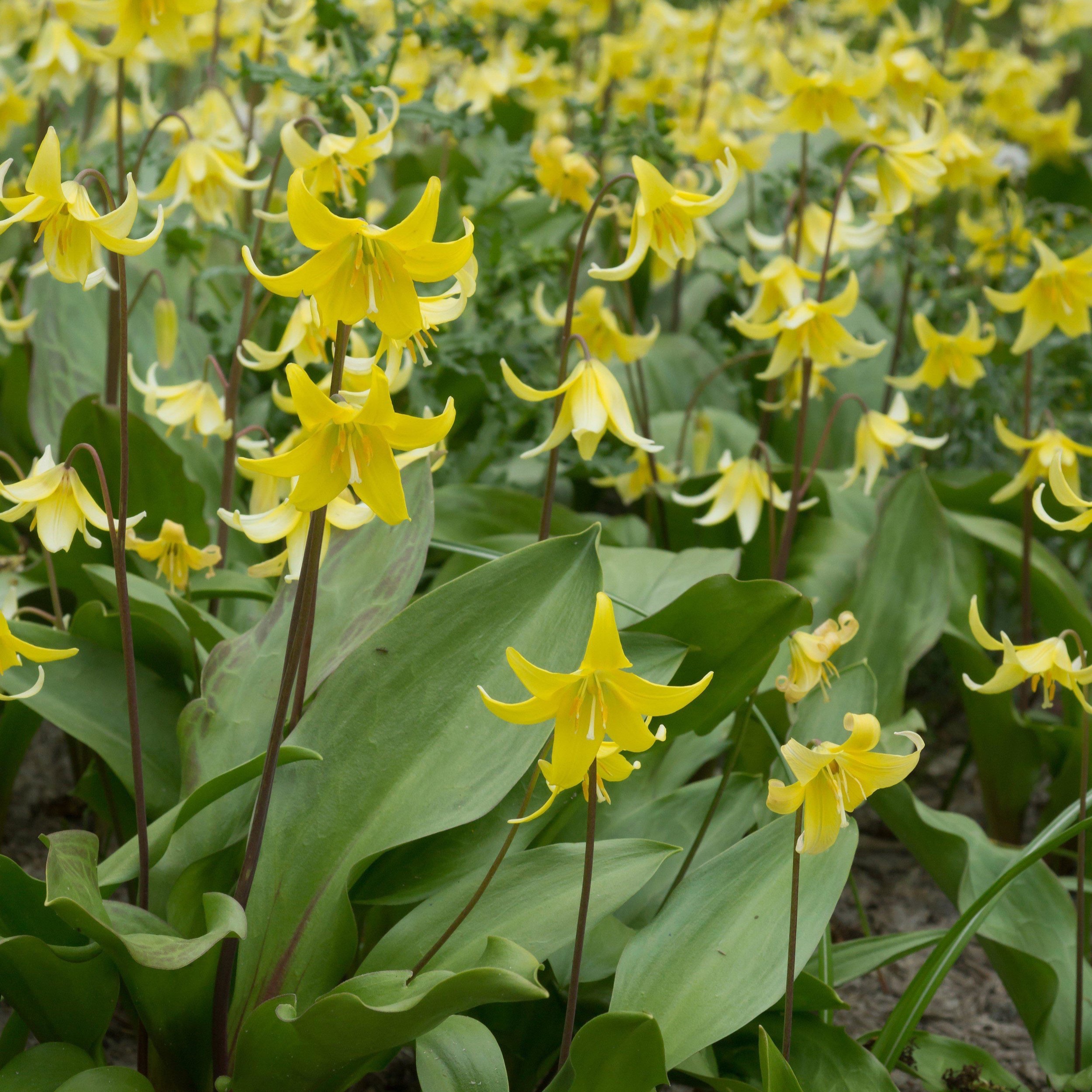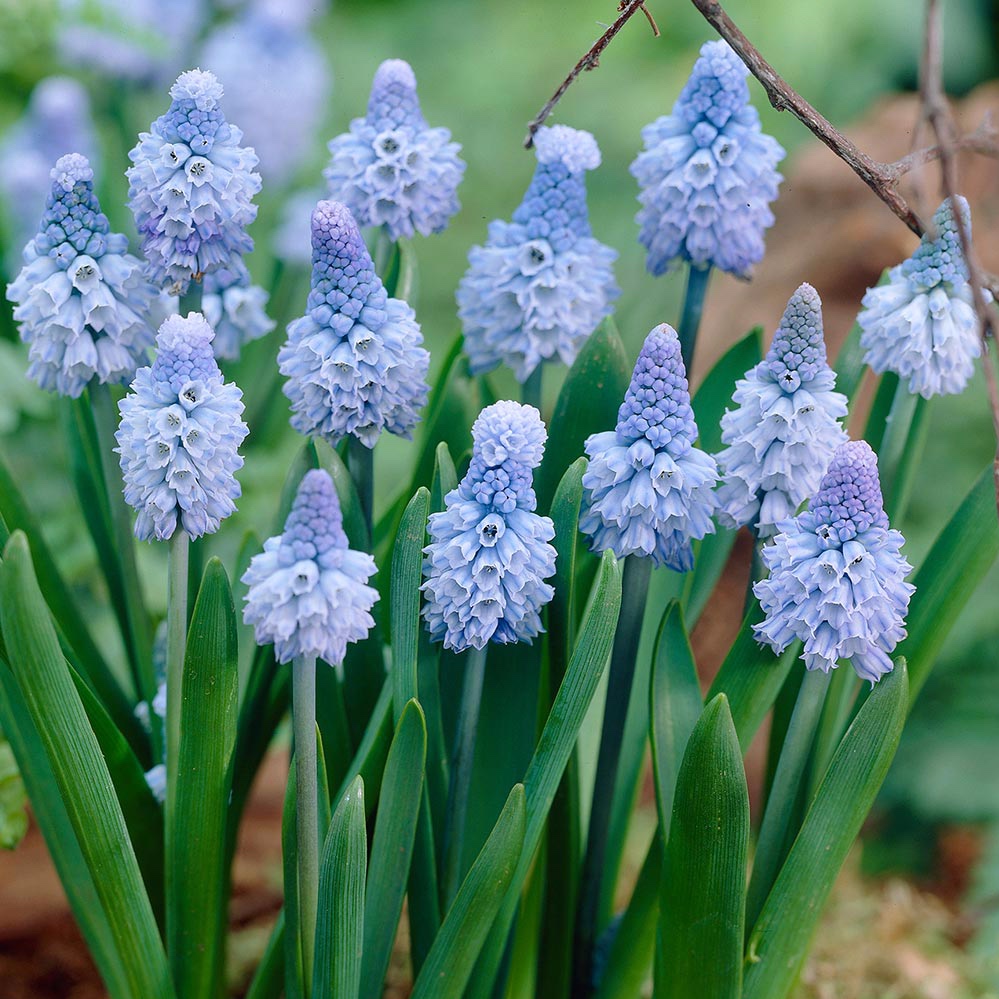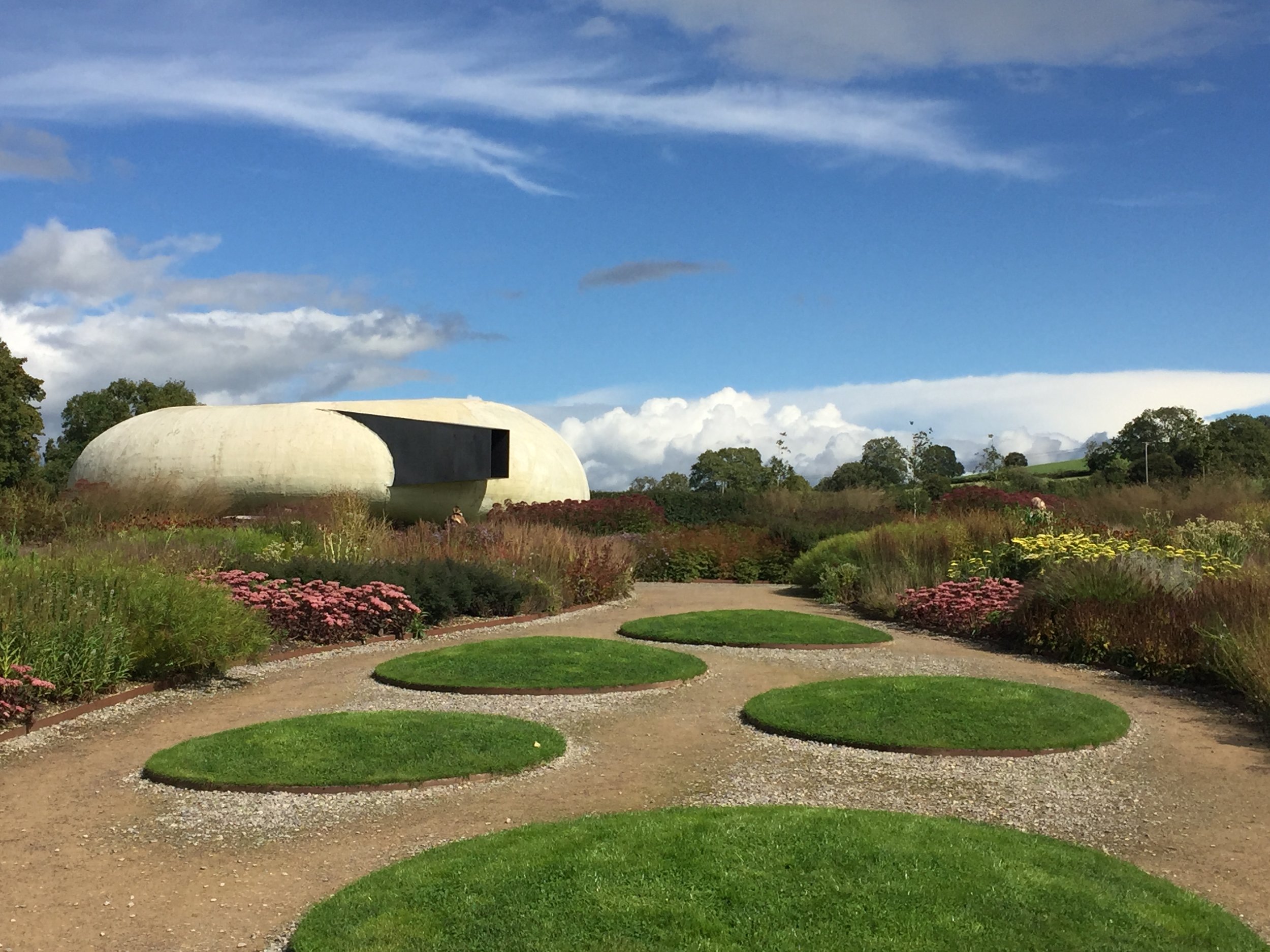16.12.19
A TREE IS FOR LIFE NOT JUST FOR CHRISTMAS
Here is something to keep in mind for next Christmas:
It takes up to 11 years for a Christmas tree to grow using a lot of resources in the process, impoverishing the soil as it’s grown following intensive monoculture farming methods, wrapped in plastic meche then transported and finally burnt, composted, or sent to landfill shortly after its purchase.. Plastic trees have an even higher carbon footprint and will of course never break down and end up in landfill. By all means reuse if you have one already but going forward you might want to think creatively or purchase a wooden scandi-style that can be reused and decorated every year.
If you’re still rather have a real tree, here are a few pointers to help you sourcing sustainable providers.
Ideally, find a farm where you can cut your own as there is no fresher option and trees can be cut according to demand (rather than over-harvested).
forestryengland.uk - Search for real Christmas trees for sale near you that have been sustainably grown in the UK.
marldonchristmastrees.co.uk - Marldon is not just a Christmas tree farm but a day out for the whole family, complete with reindeers and Santa's Grotto. Trees are locally grown in Devon on an 8-10 year cycle with minimal intervention and insecticides to keep the natural balance and provide bee-friendly habitats. To prepare for the future, forward thinking professional growers are planting less trees to the acre, which means that crops can be managed in a totally different way that is less dependent on chemicals.
newburychristmastreefarm.co.uk - Choose and cut your own Christmas tree at Newbury Christmas Tree farm in Berkshire, where trees are cared for and grown over 10 years on the farm's 25 acres.
glasfrynfencing.co.uk - FSC-certified trees grown in a responsibly managed forest.
www.windsorgreatpark.co.uk - FSC-certified trees grown in a responsibly managed forest.
caringchristmastrees.com - All trees are grown in Scotland in managed, sustainable farms and every tree bought raises vital funds for the Bethany Christmas Trust, which is working to end homelessness in Scotland
#plantingseeds
#goodtoknow
#knowledgeispower
